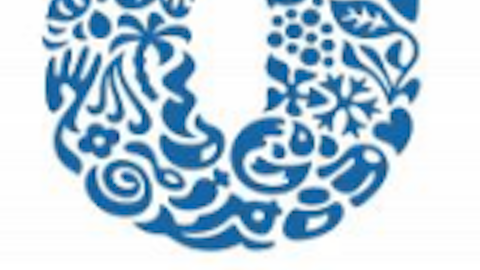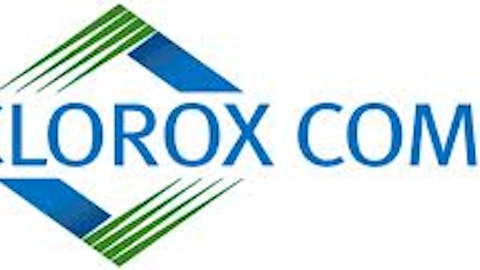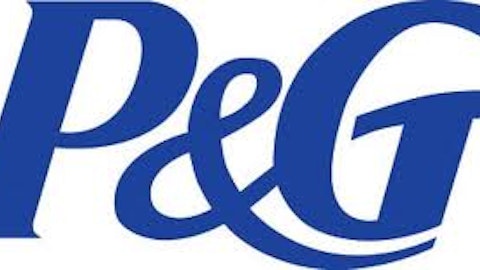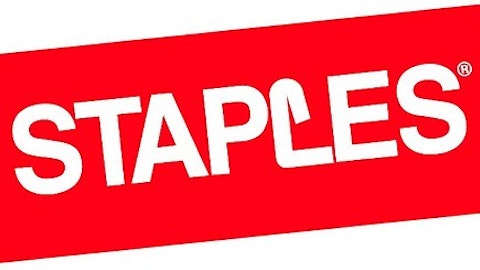Second, The Procter & Gamble Company (NYSE:PG) isn’t generating enough free cash flow to cover their dividends and share repurchases. For instance, the company reported free cash flow of just over $8 billion, and spent $4.8 billion on dividends, and nearly $5 billion on share repurchases. Given that all of these share repurchases have barely moved the diluted share count down, investors should be concerned.
Third, and maybe most important, The Procter & Gamble Company (NYSE:PG)’s stock value is no great bargain at current prices. To compare companies that pay dividends, I use the PEG + Y ratio. This ratio adds the company’s current yield to its expected earnings growth rate, and then divides by the company’s projected P/E ratio. This allows investors to get an apples to apples comparison of companies with different yields and different expected growth rates.
Using this formula, The Procter & Gamble Company (NYSE:PG)’s roughly 3% yield and 7.6% expected growth rate does not compare favorably to the company’s forward P/E ratio of nearly 20. Procter & Gamble scores a PEG + Y ratio of 0.54, which is second worst to The Clorox Company (NYSE:CLX). Clorox’s slightly higher yield, but lower expected growth rate and similar P/E ratio make the stock tough to recommend.
Both Colgate-Palmolive Company (NYSE:CL) and Kimberly Clark Corp (NYSE:KMB) look like better options for investors. Colgate-Palmolive has a lower yield at 2.3%, but is expected to grow faster at about 9.1%. The company’s P/E ratio is only slightly higher than Procter & Gamble, which gives Colgate-Palmolive a PEG + Y of 0.55.
The best value of the bunch might be Kimberly Clark Corp (NYSE:KMB), which carries a higher yield than The Procter & Gamble Company (NYSE:PG) at 3.3%, and is expected to grow slightly faster at 7.8%; it also sells for a P/E ratio of around 17, which is cheaper than Procter & Gamble. The combination of these favorable traits gives Kimberly-Clark a PEG + Y ratio of 0.64.
While investors seem excited that The Procter & Gamble Company (NYSE:PG) is reporting positive volume growth in several of its divisions, you can see the company is not without challenges. Investors are paying almost 20 times projected earnings for a company that is expected to grow earnings at less than 8%. My concern for these investors is that they are paying up for the Procter & Gamble name, whereas customers have been willing to trade away from Procter & Gamble’s products to cheaper options. Maybe investors should take a lesson from the average consumer, and look for a cheaper option than Procter & Gamble.
Chad Henage owns shares of Colgate-Palmolive. The Motley Fool recommends Kimberly-Clark and Procter & Gamble.
The article Can This Blue Chip Keep up the Turnaround? originally appeared on Fool.com.
Copyright © 1995 – 2013 The Motley Fool, LLC. All rights reserved. The Motley Fool has a disclosure policy.




